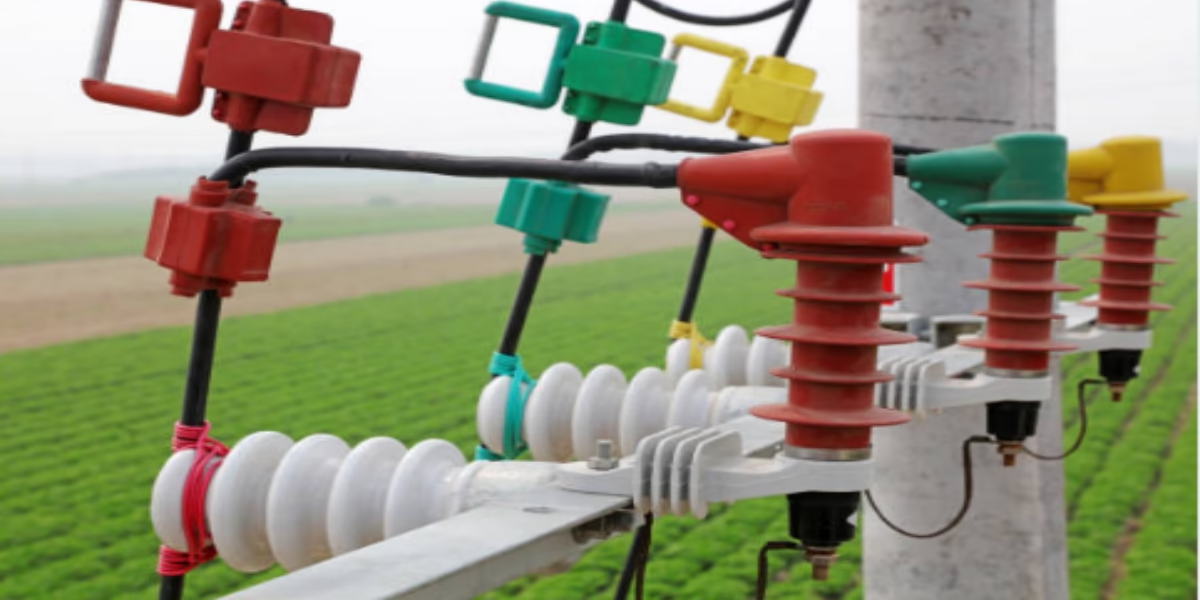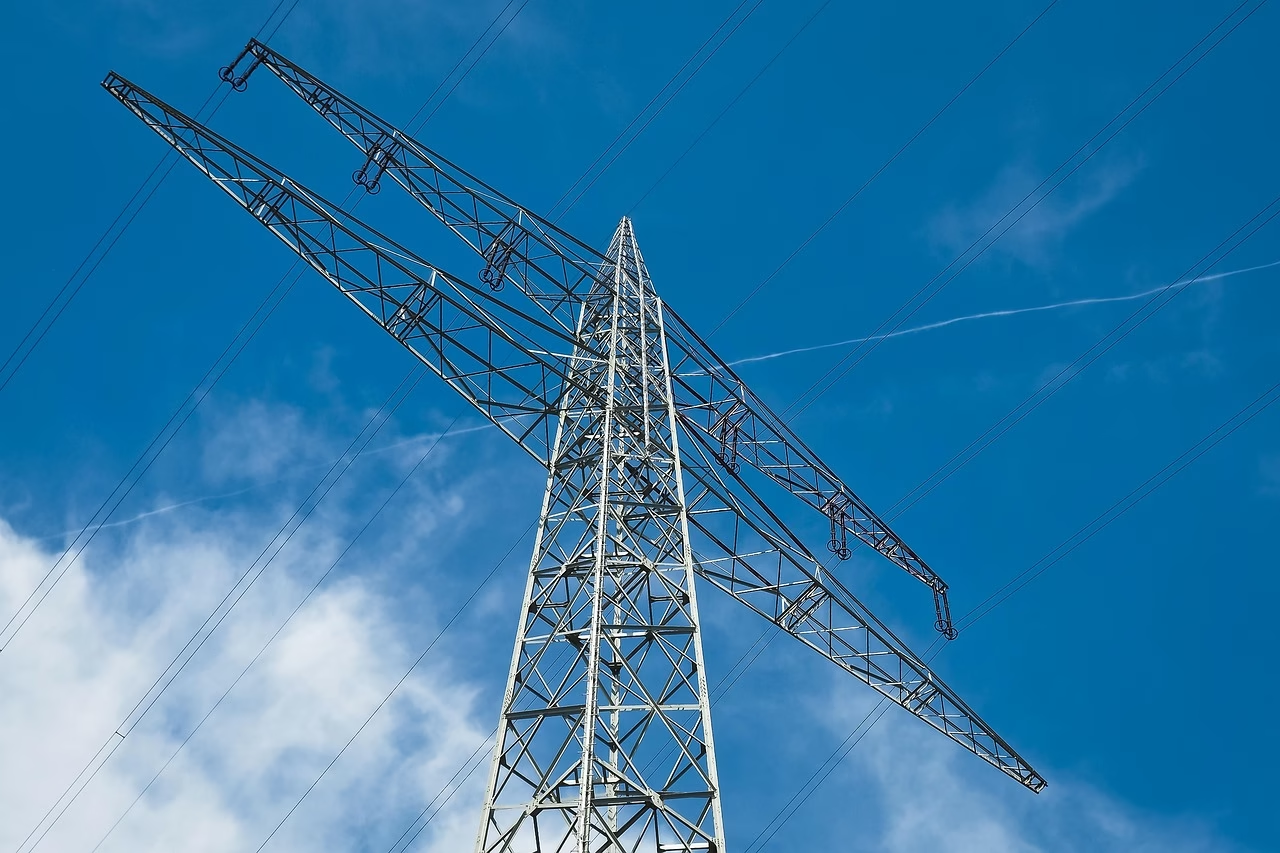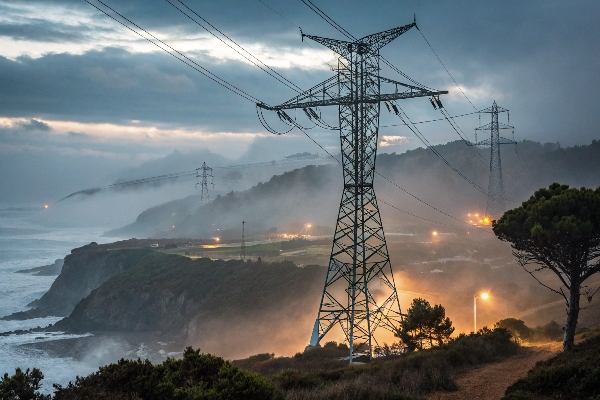In our daily lives, we frequently enough take for granted the silent guardians that protect us from the unseen forces of nature. Among these vital sentinels, lightning arresters stand out as essential yet underappreciated components of modern infrastructure. Every crack of thunder and flash of lightning serves as a reminder of nature’s raw power—a force that, without adequate protection, can spell disaster for homes, businesses, and lives. As storms brew overhead, the importance of these devices becomes abundantly clear. They not only shield us from the ferocious energy of lightning strikes but also play a crucial role in safeguarding our electrical systems and ensuring the continuity of daily life. In this article, we will delve into the fundamental role of lightning arresters, exploring how they function, their vital contributions to safety, and the increasing need for their installation in an ever-changing climate. Join us as we illuminate the path towards a safer future, where the skies may rumble, but our lives remain protected.
Table of Contents
- Understanding the Mechanics of Lightning Arresters and Their Functionality
- Assessing the Risks: Why every structure Needs Lightning Protection
- Choosing the Right Lightning Arresters: Key Features to Consider
- Maintenance and Best practices for Ensuring Optimal Performance
- Q&A
- To Wrap It Up
Understanding the Mechanics of Lightning Arresters and Their Functionality
Lightning arresters function as a safety measure,designed to protect structures and the individuals within them from the devastating effects of lightning strikes. These devices act by providing a low-resistance pathway for the electrical energy generated during a thunderstorm to travel safely into the ground. This diverts the current away from sensitive electrical systems and structural components, considerably reducing the risk of fire, equipment damage, and personal injury. A well-positioned lightning arrester can make the difference between catastrophe and a safe environment during extreme weather events.
The efficiency of lightning arresters depends on several key factors, including their installation location, design specifications, and maintenance protocols.Some important aspects to consider include:
- Height and Placement: Taller structures typically require additional protection due to increased vulnerability.
- Material Composition: High-conductivity materials enhance the performance of the arrester.
- Regular Inspections: Frequent checks ensure optimal functionality and address any wear and tear.
Utilizing lightning arresters not only safeguards infrastructure but also promotes public safety by reducing the likelihood of direct strikes.The table below summarizes the types of lightning arresters commonly used:
| Type | Description |
|---|---|
| Rod Type | A conductive rod that intercepts lightning and directs it to the ground. |
| Mesh type | A network of conductive materials that distributes the lightning charge over a wider area. |
| Cable Type | Flexible cables that can be used on irregular surfaces, offering versatility in protection. |
Assessing the Risks: Why Every Structure Needs Lightning Protection
Understanding the potential hazards associated with lightning strikes is crucial for any structure, whether residential or commercial. Every year, thousands of incidents occur due to lightning, resulting in significant property damage, injuries, and even fatalities. By installing lightning protection systems, buildings can effectively mitigate these risks. Key benefits of such systems include:
- Enhanced Safety: Protect occupants from electrical hazards and fire risks.
- Property Preservation: Safeguard structural integrity and valuable possessions from lightning-induced destruction.
- Insurance Benefits: Many insurers offer premium discounts for properties equipped with proper lightning protection.
When assessing lightning risks, it is important to evaluate various factors that can contribute to a structure's vulnerability. These factors include geographical location, building height, and surrounding elements such as trees or tall structures. A meticulous risk assessment can reveal the need for customized protection solutions. The following table summarizes common risk factors and their implications:
| Risk factor | Implication |
|---|---|
| Geographical Location | Higher frequency of storms increases lightning strikes. |
| Building Height | Taller structures attract lightning more than shorter ones. |
| Proximity to Tall Structures | Nearby trees or buildings can redirect lightning to your structure. |
choosing the Right Lightning Arresters: key Features to Consider
When selecting lightning arresters,there are several crucial features to keep in mind that will ensure maximum protection for lives and assets. First, consider the voltage rating; it should align with the specific requirements of your electrical system. An incorrect voltage rating can lead to failures during a lightning strike. Furthermore, the material of the lightning arrester plays a significant role in its effectiveness. High-quality materials like silicon carbide or zinc oxide provide better absorption of electric surges compared to standard varieties.
Another important aspect is the response time—this indicates how quickly the arrester can act in the event of a lightning strike. A faster response time reduces the potential damage caused by surges. Additionally, the installation method should not be overlooked, as improper installation can compromise the entire system. Lastly, examining the warranty and support offered by the manufacturer is essential, as a reliable company can provide guidance and assurance that the equipment will remain functional over time. Here is a simple overview of the key features to consider:
| Feature | Description |
|---|---|
| Voltage Rating | Must match the required system specifications. |
| material | Opt for high-quality materials like silicon carbide. |
| Response Time | Faster response enhances protection during surges. |
| Installation Method | Should be straightforward to ensure proper setup. |
| Warranty | Choose manufacturers with comprehensive support. |
Maintenance and Best Practices for Ensuring Optimal Performance
To ensure that lightning arresters operate at peak efficiency, regular maintenance and inspections are crucial. This involves a comprehensive check of the system,where technicians should:
- Inspect connections: Loose or corroded connections can inhibit performance.
- Verify grounding: Ensure that the grounding system is intact and effective.
- Clean the area: Remove debris that may interfere with the arrester's functionality.
- Check for physical damage: Look for signs of wear or damage to components.
Implementing best practices in the installation and upkeep of lightning arresters can significantly enhance their performance. It is advisable to follow these guidelines:
| Best Practice | Description |
|---|---|
| Choose Quality Products | Invest in high-quality lightning arresters that meet industry standards. |
| Regular Training | Ensure that personnel are trained in the latest installation and maintenance techniques. |
| Document Inspections | Keep records of inspections and maintenance work to track performance over time. |
Q&A
Q&A: Protecting Lives: The Essential Role of Lightning Arresters
Q: What is a lightning arrester, and how does it work?
A: A lightning arrester, also known as a lightning rod, is a device specifically designed to protect structures from lightning strikes. It consists of a metal rod or conductor that is mounted on the highest point of a building or structure. When lightning strikes, the arrester provides a low-resistance path for the electrical charge to travel safely into the ground, thereby minimizing the risk of fire, electrical surges, or structural damage.
Q: Why are lightning arresters essential for safety?
A: Lightning arresters are crucial for safety becuase they protect both human life and property. Lightning strikes can cause severe injury or fatalities,as well as catastrophic damage to buildings,electronics,and infrastructure. By intercepting lightning and directing its energy safely away, arresters reduce the risks associated with lightning activity, especially in areas prone to thunderstorms.
Q: which types of buildings benefit most from lightning arresters?
A: While all buildings can benefit from lightning protection, tall structures such as skyscrapers, interaction towers, and industrial facilities are particularly at risk due to their height. Though, residential buildings, schools, hospitals, and places of worship should also consider installation, especially in regions with frequent lightning storms.
Q: Can lightning arresters prevent lightning strikes entirely?
A: No, lightning arresters cannot prevent lightning strikes from occurring. Though, they significantly reduce the likelihood of damage and injury when a strike does occur. By providing an easy path to the ground for the lightning's energy, they mitigate the effects of a strike, making it a safer option for buildings and occupants.
Q: how does one determine the need for a lightning arrester?
A: The need for a lightning arrester can be assessed based on several factors, including geographic location, the height and type of building, local weather patterns, and historical data on lightning incidents in the area. Consulting with a professional who specializes in lightning protection systems can help determine the appropriate measures for any specific structure.
Q: What maintenance is required for lightning arresters?
A: Lightning arresters generally require minimal maintenance, but regular inspections are recommended to ensure they are in good condition. This includes checking the integrity of the rod, connections, grounding system, and overall structural support. Any signs of corrosion or damage should be addressed promptly.
Q: Are there any advancements or innovations in lightning protection technology?
A: Yes,advancements in lightning protection technology include enhancements in materials,such as the use of higher resistance metals and improved grounding techniques. Additionally, some modern systems incorporate advanced monitoring technologies that provide real-time data on lightning activity, ultimately offering better protection and maintenance insights.
Q: Can you share any statistics about the effectiveness of lightning arresters?
A: While exact statistics can vary, studies indicate that buildings equipped with proper lightning protection systems greatly reduce the risk of damage. For instance, a well-designed lightning protection system can lower the chance of electrical fires triggered by strikes to near zero, effectively protecting both property and occupants.
Q: What should someone do if they suspect their building is at risk for lightning strikes?
A: If someone suspects their building is at risk, they should consult with a certified lightning protection professional to conduct an assessment. This expert can provide recommendations on the installation of a lightning arrester and other protective measures tailored to the specific needs of the building and its location.
Q: how can individuals help promote lightning safety in their community?
A: Promoting lightning safety can start with education. Individuals can share data about the importance of lightning arresters, create awareness through community events, or even advocate for local regulations requiring lightning protection for new constructions. Engaging with schools, nonprofits, and local businesses to spread the knowledge can also be impactful.
To Wrap It Up
As we draw the curtain on the vital subject of lightning arresters, it becomes clear that the role of these devices extends far beyond mere technological necessity. They are guardians of safety, standing sentinel against nature’s most unpredictable forces. By understanding how lightning arresters function and their critical importance in both residential and commercial settings, we empower ourselves to make informed decisions that protect lives and property alike.In a world where the elements can be both awe-inspiring and perilous, investing in lightning protection is a proactive step toward safeguarding our homes, families, and communities. As storms gather and the skies darken, let us remember that behind the scenes of thunder and lightning lies a steadfast ally in defense against catastrophe. By prioritizing safety features like lightning arresters, we embrace a future where we can coexist with nature’s phenomena, appreciating their beauty while respecting their potential for destruction.
the true measure of progress is not just in our technological advancements but in our commitment to protecting lives. As we continue to learn and innovate, let us carry forward the lessons of lightning protection, ensuring that safety remains at the forefront of our endeavors. After all, in our quest to harness nature’s forces, it is indeed the lives we protect that illuminate our path forward.





